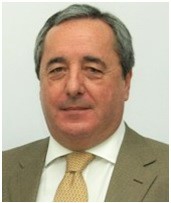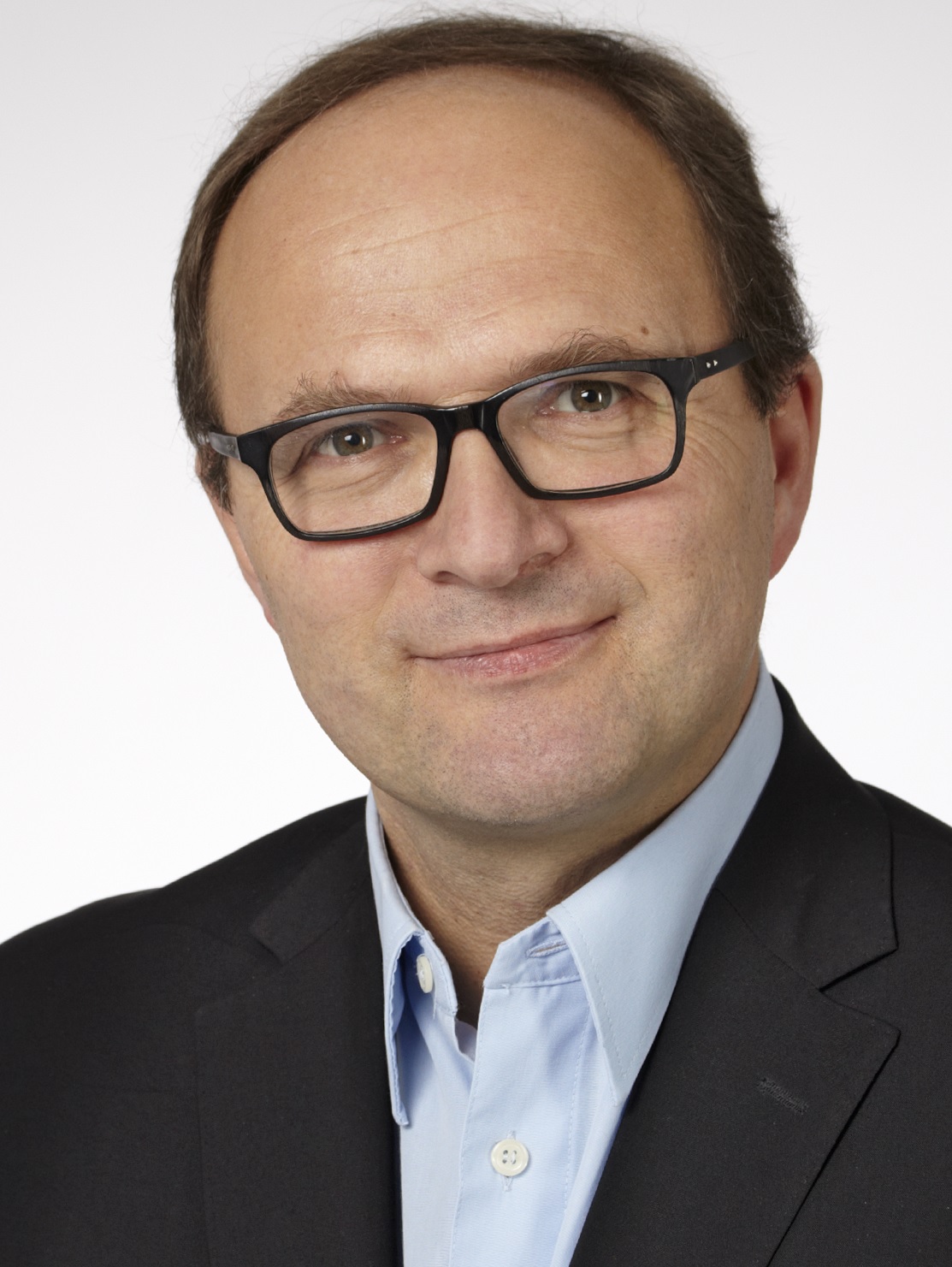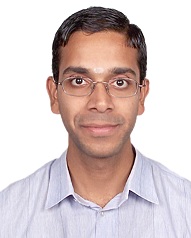Keynote/Tutorial Speakers
|
| ||
|
|
Abstract:Environmental monitoring can be essentially described as a set of continuous or frequent measurements of environmental parameters which are fundamental to assess the state of the environment, the achievement of predefined objectives, law enforcement, the detection of new environmental issues, and environmental short and medium term forecasting. Monitoring at a micro-scale is related to monitor and track one or more parameters in a small and limited geographical context, such as the control of gaseous emissions of a factory. In terms of micro-scale, environmental monitoring is generally used to control emissions of pollutants, whether gaseous or liquid. By opposition, macro-scale monitoring involves a vast geographical area, such as the control of water quality of a lake. |
|

|
Bio: Pedro Silva Girão (M’00–SM’01) is a Full Professor of the Department of Electrical Engineering, Instituto Superior Técnico, University of Lisbon, and a Senior Researcher, the Head of the Instrumentation and Measurements Group, and the Coordinator of the Basic Sciences and Enabling Technologies of the Instituto de Telecomunicações (IT). His main research interests include instrumentation, transducers, measurement techniques, and digital data processing, particularly for biomedical and environmental applications. Metrology, quality, and electromagnetic compatibility are also areas of regular activity. |
|
|
| ||
|
|
Abstract: In a cyber-physical system (CPS) the computational and physical elements closely interact. In most cases, CPS are designed as a network of interacting elements with physical input and output instead of as standalone devices. This extension over legacy embedded systems allows a next round in distributed intelligence for a very broad range of applications, i.e. for intelligent systems and applications. Improved observability and controls through online condition monitoring don't only allow functions like predictive maintenance, but enable completely new servicification models. The presentation gives a short overview on the historical development of CPS, discusses selected applications in detail, shows possible solutions for today's problems, and envisages interesting R&D directions of tomorrow. |
|

|
Bio: Prof. Dr.-Ing. Axel Sikora holds a diploma of Electrical Engineering (Dipl.-Ing./M.Sc.) and a diploma of Business Administration (Dipl. Wirt.-Ing., MBA), both from Aachen Technical University. He has done a Ph.D. in Electrical Engineering at the Fraunhofer Institute of Microelectronics Circuits and Systems, Duisburg, with a thesis on SOI-technologies. After various positions in the telecommunications and semiconductor industry, he became a professor at the Baden-Wuerttemberg Cooperative State University Loerrach in 1999. In 2011, he joined Offenburg University of Applied Sciences, where he leads the Institute of Reliable Embedded Systems and Communication Electronics (ivESK). Since b/o 2016, he is also deputy member of the board and head of the business unit "Software Solutions" at Hahn-Schickard Association of Applied Research (Germany). In 2002, he founded the Steinbeis Transfer Center Embedded Design and Networking, which was successfully spun off as STACKFORCE GmbH in 2014. |
|
|
| ||
|
|
Abstract: This talk presents some of the recent approaches for image classification and segmentation. Segmentation tasks are very challenging especially in the medical imaging context. The recent advances in feature extraction and classification makes some of the challenging problems tractable. First a brief overview of some of the recent feature extraction techniques is presented. This is followed by insights into Random Forest classifier. Finally a interactive training application ‘ilastik’ is explained. ilastik provides real-time feedback of the current classifier predictions and thus allows for targeted training and overall reduced labeling time. In addition, an uncertainty measure can guide the user to ambiguous regions of the data. Once the classifier has been trained on a representative subset of the data, it can be exported and used to automatically process a very large number of images. |
|

|
Bio: Dr. Kumar Rajamani is Architect at Robert Bosch Engineering and Business Solutions. Prior to joining Bosch he spent three years at GE Global Research (GRC), with the Medical Image Analysis lab. He was primarily involved in quantitative imaging of cancer. Earlier to GE, Kumar was Senior Scientist at Philips Research and Head of IT-Department at Amrita University. His research focus includes Medical Image Analysis, Health care technologies for emerging markets. He has seven patents filings. Kumar completed his Ph.D. in Biomedical Engineering from University of Bern, Switzerland.
|
|
